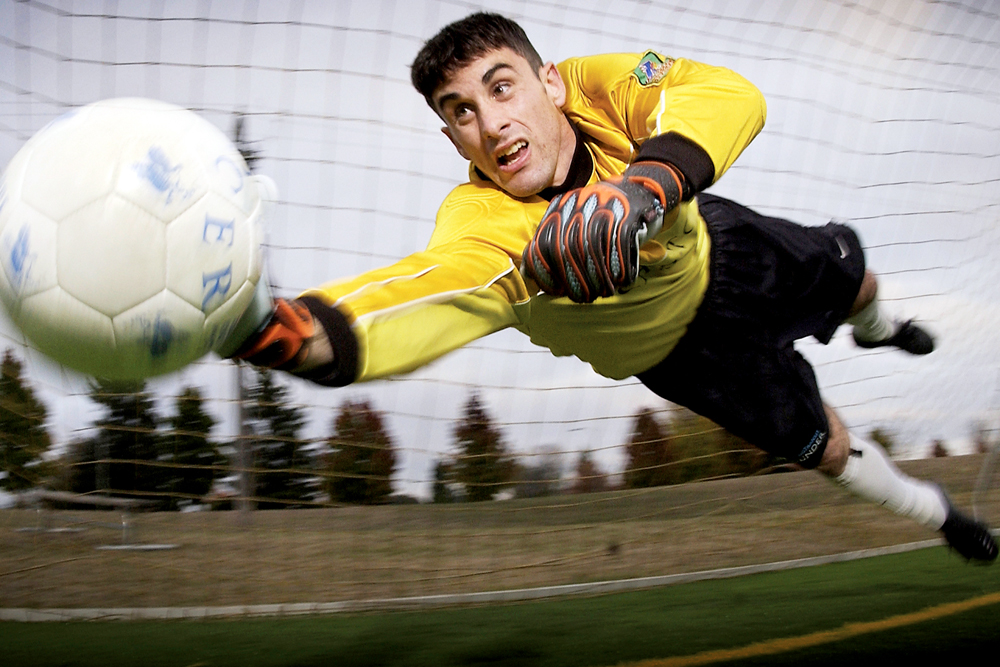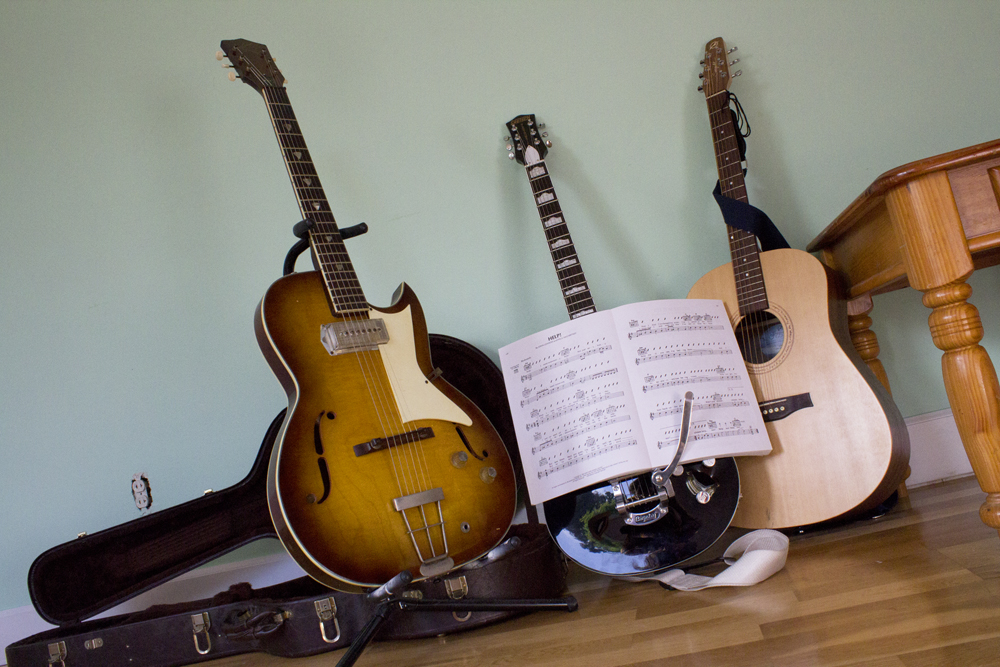With the recent victory against Japan by the United States Women’s National Soccer Team in the 2015 FIFA Women’s World Cup, Americans have been recognizing and paying attention to the potential that soccer (otherwise known as football in almost every other country besides the U.S.) has as a growing professional league. We Americans have always had a well-known reputation throughout the world for having a certain disdain toward the game, but that cultural stigma is fading. Soccer is on its way to becoming one of America’s favorite pastimes.
Ever since hosting the 1994 FIFA World Cup, the popularity of soccer as a spectator sport has been booming. The governing body of soccer in the U.S. has stated that “the cumulative attendance of 3,587,538 (during the 1994 cup) broke the previous record by more than one million.” The average attendance for the 52-game tournament of 68,991 still stands today as a record for the largest average attendance. U.S. stadiums were filled to approximately 96 percent capacity during the World Cup. One of the conditions that FIFA imposed on the U.S. in order to host the World Cup was to require they create a professional soccer league, giving birth to Major League Soccer.
With the successes of major professional leagues like the NFL, NBA, MLB and NHL, the “big four” leagues have constantly overshadowed MLS in viewers since its first games in 1996. MLS has persevered and continues to draw more of an audience, being close competitors to the NHL and NBA in attendance rates. According to a BBC article, “Though the crowds here are significantly smaller than in the Bundesliga in Germany, the Premier League in England and Wales, La Liga in Spain or Serie A in Italy, they are on average bigger than in Argentina, Brazil, China or the Football League Championship. The Seattle Sounders, America’s most-watched team, attracts larger crowds for home games than Everton, Tottenham, Aston Villa or even Chelsea.”
One of the biggest contributions to their popularity is the rise of participation in youth. In 1974, the amount of registered players in U.S. youth soccer was about 100,000. As of 2014, that number has boomed to more than 3 million. An article in Al Jazeera reported that “almost 90 percent of soccer fans in a recent survey said they have played the sport or have an immediate family member who does.” The rise in participation will only boost the fan base for American soccer and help American culture assimilate the sport.
As one of the 90 percent of fans who have played before, soccer has always been a part of my life. My parents signed me up to play when I was five years old and I continued for eight years.
To me, one of the many reasons why Portland is such an amazing city is because we actually give a damn about MLS. The Pacific Northwest is known as the haven for American soccer fans; the teams of Portland, Seattle and Vancouver are prime examples of just how big MLS can become. With average seating ticket prices ranging from $50–60, overpriced concessions, and a harmonious mix of plastered spectators and die-hard fans, it already sounds like a professional American league game.
Professional soccer has found a home in Portland. People throughout America have taken note of the popularity and more clubs are popping up across the nation. International greats such as Kaká, David Beckham, Steven Gerrard, Frank Lampard and David Villa have either played or been involved in MLS, accumulating an even bigger fan base than ever before. Big networks such as Fox and NBC are now fighting for airing rights over the Premier League and MLS with bids that are exponentially larger every year.
It’s time to end the myth that Americans are disinterested in soccer. Soccer has proven to be one of the biggest sports throughout the world and continues to inspire devoted fans. With all the current opportunities, the future for American soccer is as optimistic as ever.






